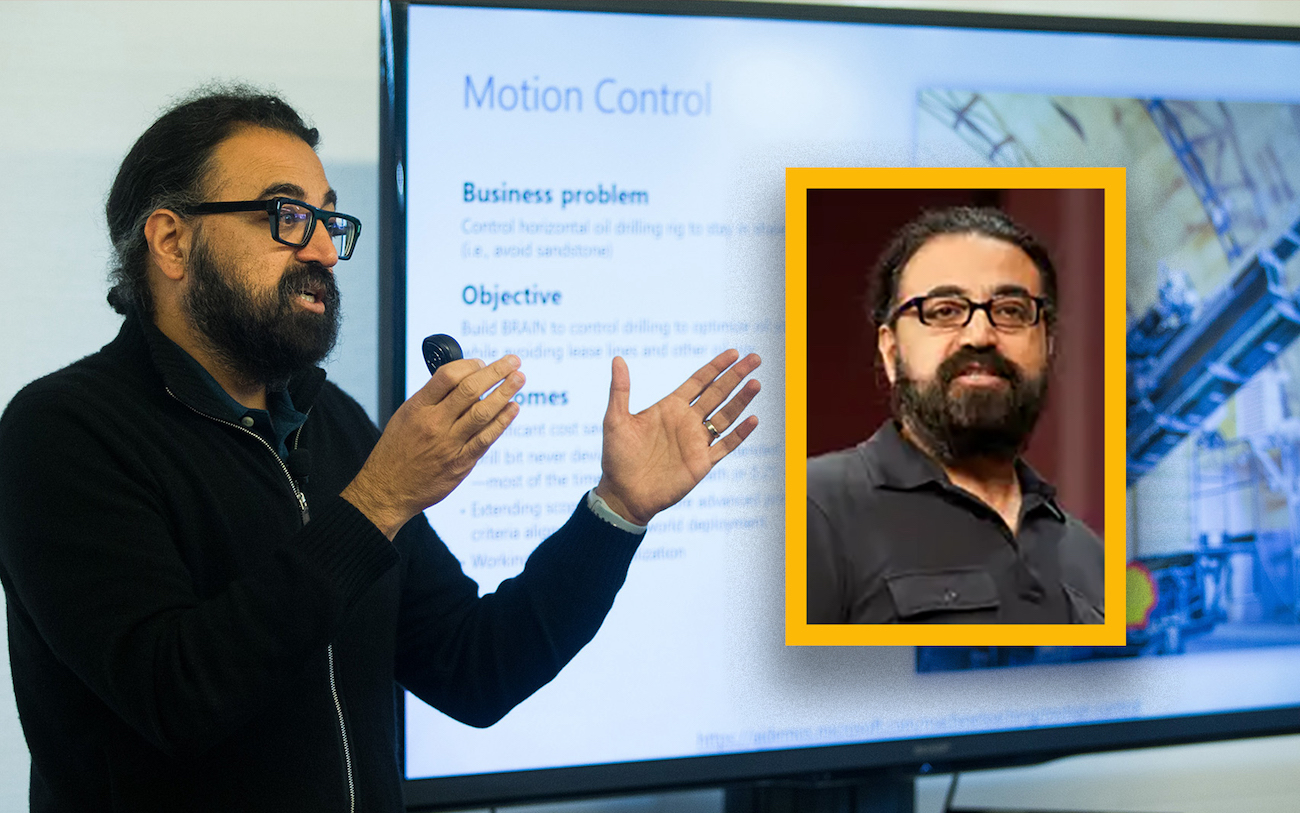Indian American Microsoft Executive Gurdeep Pall Who Helped Build Windows, Skype and Bing to Resign
- The Chandigarh-born software engineer joined the company in 1990, and has been working in recent years on converting Microsoft’s research into products for their “industrial metaverse” division.

Gurdeep Pall, a long-serving corporate vice president at Microsoft intends to step down from the company next month, The Information website reported. A Microsoft spokesperson confirmed the upcoming departure describing it as “a long-planned retirement.” Throughout his career, the Indian American, who joined Microsoft in 1990 and worked in the company for 33 years, helped build and promote key products like Windows, Skype and Bing. He has served as a high-profile executive under former CEOs Bill Gates and Steve Ballmer and current CEO and chairman Satya Nadella, “frequently appearing alongside the executives to demo major product launches,” The Information report said.

The technology industry-focused business publication further noted that Pall’s departure “shows how Microsoft has focused its attention towards generative AI under the leadership of Kevin Scott, chief technology officer and executive vice president of AI.”
Pall began his journey at Microsoft as a software engineer and “contributed to the integration of TCP/IP, the fundamental software protocol of the internet, into Windows,” according to Analytics India Magazine. “After 2005, he was mainly responsible for the product and R&D department, development and management of Skype, Teams, Microsoft voice, mobile search, and Bing Maps,” the magazine said. Since 2016, he has been working on converting Microsoft’s research into products for their “industrial metaverse” division. He was also a part of Microsoft’s project called Airsim, a drone simulation software product launched in July 2022.
Named one of the “15 Innovators ~ Influencers Who Will Make A Difference” in 2008 by Information Week, he co-authored “Institutional Memory Goes Digital.” which was published by Harvard Business Review as part of Breakthrough Ideas for 2009 and subsequently presented at the World Economic Forum 2009 in Davos.
He was born in Chandigarh, and in high school considered following in his Brigadier father’s footsteps by joining the Indian army, according to a profile in The Global Sikh Trail. “There was something inside me that kept telling me that this was not what I was meant for,” he told the magazine. Instead, he pursued computer engineering at Birla Institute of Technology where he graduated with his undergraduate degree.
It was after the assassination of Prime Minister Indira Gandhi in 1984, a traumatic incident on a train inspired him to seek a life outside of India, he told the magazine. He came to the U.S., and continued his education at the University of Oregon. He graduated with his master’s in computer science and immediately joined the Microsoft team in 1990. The rest as they say is history.


